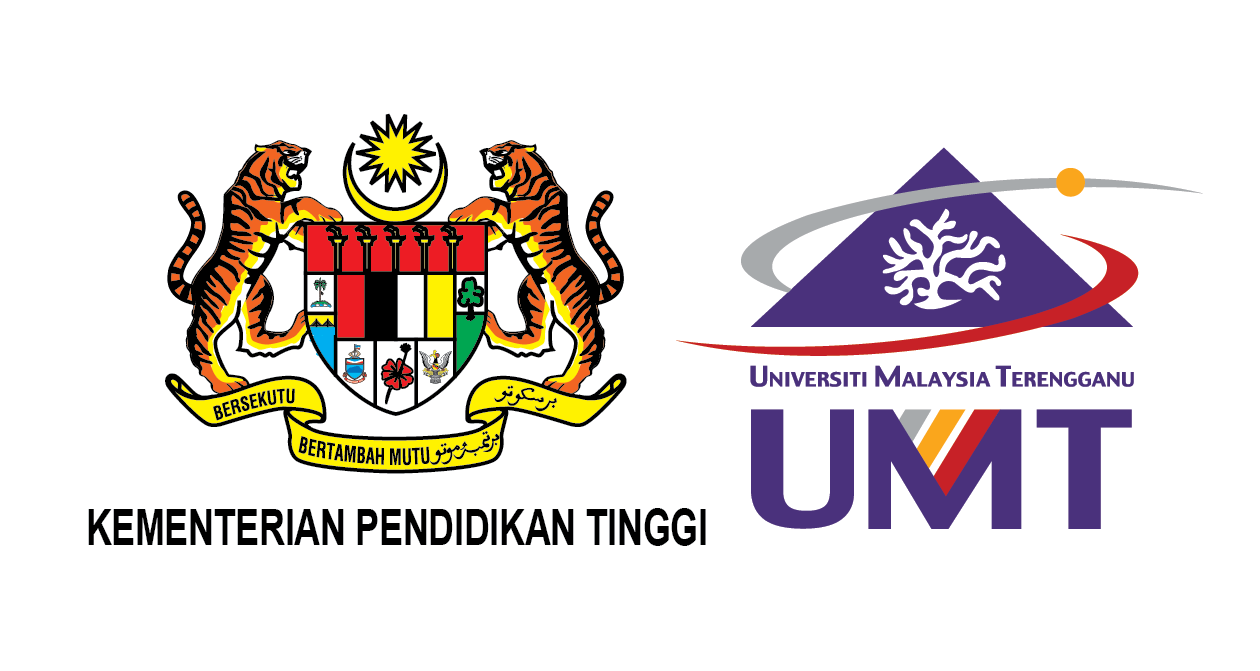Please use this identifier to cite or link to this item:
http://umt-ir.umt.edu.my:8080/handle/123456789/5560Full metadata record
| DC Field | Value | Language |
|---|---|---|
| dc.contributor.author | Shaipulah N.F.M | - |
| dc.contributor.author | Muhlemann J.K | - |
| dc.contributor.author | Woodworth B.D | - |
| dc.contributor.author | Van Moerkercke A | - |
| dc.contributor.author | Verdonk J.C | - |
| dc.contributor.author | Ramirez A.A | - |
| dc.contributor.author | Haring M.A | - |
| dc.contributor.author | Dudareva N | - |
| dc.contributor.author | Schuurink R.C | - |
| dc.date.accessioned | 2017-04-10T07:30:10Z | - |
| dc.date.available | 2017-04-10T07:30:10Z | - |
| dc.date.issued | 2016-02 | - |
| dc.identifier.uri | http://hdl.handle.net/123456789/5560 | - |
| dc.description.abstract | Anthocyanins and volatile phenylpropenes (isoeugenol and eugenol) in petunia (Petunia hybrida) flowers have the precursor 4-coumaryl coenzyme A (CoA) in common. These phenolics are produced at different stages during flower development. Anthocyanins are synthesized during early stages of flower development and sequestered in vacuoles during the lifespan of the flowers. The production of isoeugenol and eugenol starts when flowers open and peaks after anthesis | en_US |
| dc.language.iso | en | en_US |
| dc.publisher | Plant Physiology | en_US |
| dc.title | CCoAOMT down-regulation activates anthocyanin biosynthesis in petunia | en_US |
| dc.type | Article | en_US |
| Appears in Collections: | Journal Articles | |
Files in This Item:
| File | Description | Size | Format | |
|---|---|---|---|---|
| 181 CCoAOMT down-regulation activates anthocyanin biosynthesis in petunia.pdf | FullText File | 1.39 MB | Adobe PDF | View/Open |
| J 181.png | Evidence | 179.06 kB | image/png | View/Open |
Items in UMT-IR are protected by copyright, with all rights reserved, unless otherwise indicated.

